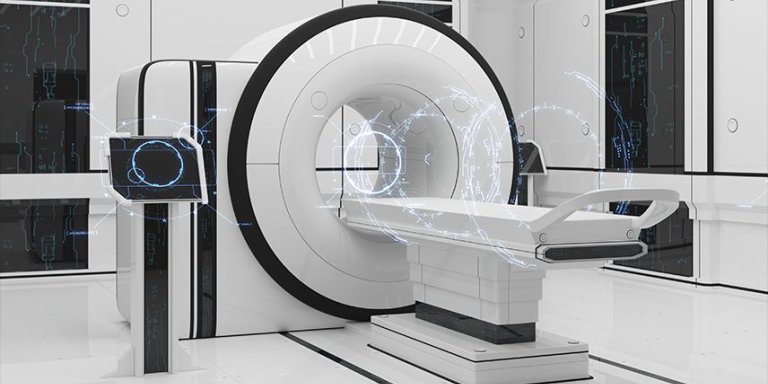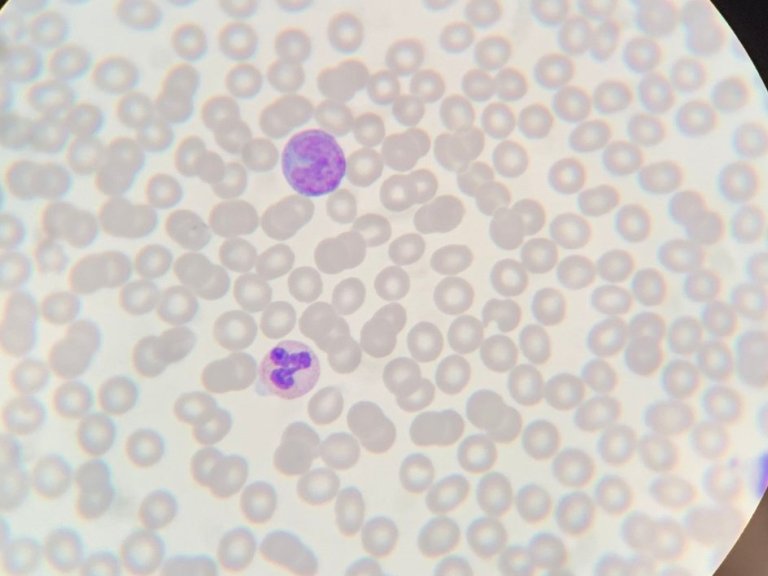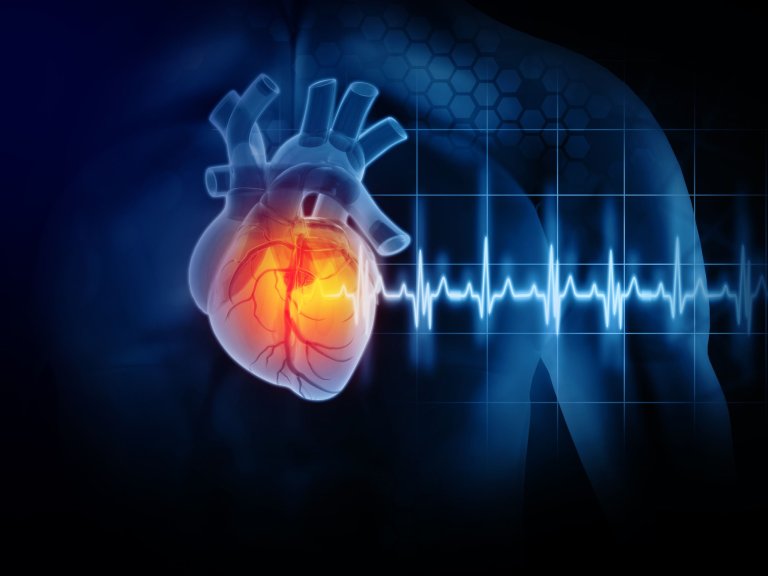Medical images are mainly captured in the hospitals, using expensive imaging devices such as CT or MRI-scanners. Specialists are required operate these devices as well as analyse their output. "Our aim is to use artificial intelligence to develop technologies that allow the use of affordable and/or portable devices such as ultrasound and ultra-low-field MRI," says Amsterdam UMC Professor of Artificial Intelligence and Medical Imaging Ivana Išgum. Išgum is the coordinator of the national consortium implementing the AI4AI project. "Also, our aim is to allow the use of imaging devices by e.g. general practitioners, sonographers and specialist nurses to reduce the need for very highly specialized experts."
Less pressure on staff
AI technology can reduce the need for highly specialized experts for operation of medical devices and analysis of medical images, which has the potential to greatly reduce the pressure on personnel and the associated costs" says Išgum, who together with Professor Clarisa Sánchez, leads the interfaculty research group qurAI that focuses on the responsible development of AI in healthcare.
Shortening waiting lists
The increased demand for medical images means that the workload for radiologists and other specialists is increasing enormously. This can lead to burnout symptoms, which in turn affects both the sustainability of care and waiting lists. This means that patients might need to travel further to receive the necessary care. "With this project, we want to contribute to bringing medical imaging closer to patients’ living environment and make it more accessible for patients. In addition, hospital care in developing countries may not always be accessible to everyone. There may also be fewer highly skilled experts available. We also hope to contribute to more accessible healthcare for people in these countries," says Išgum.
Amsterdam UMC Radiologist Nils Planken adds that many fellow radiologists and other medical specialists welcome the support of technology. "AI technology that can support the creation, interpretation and reporting of medical imaging studies has the potential to shorten waiting lists and reduce workload and perhaps also improve quality. The correct use of diagnostics outside the hospital has the potential to prevent patients from being sent to the hospital, or to sending patients to the hospital in an even more targeted way," says Planken.
Applications
AI4AI focuses on many diseases and specialties, such as analysis of stroke and brain tumours, visualization and interpretation of organ tissue perfusion in surgery, quantification of foetal biomarkers to spot abnormalities in the pregnancy, identification of patients requiring invasive coronary artery treatment, identification of patients with heart disease, improvement of the workflow in image-guided radiotherapy, referrals for urgent care, screening and triage of threatening visual disorders, selection of patients eligible for immunotherapy, and improvement of imaging workflow to assess orthopaedic implants.




